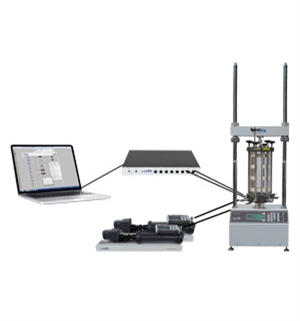
| GDSTAS – Triaxial Automated System The Triaxial Automated System (GDSTAS) is a load frame based triaxial testing system. The system is configured by choosing from a range of load frames, triaxial cells, pressure controllers and software. If an existing triaxial system requires upgrading, parts of the GDSTAS system can be incorporated with existing equipment (including those from other manufacturers) to perform the upgrade. Typical drained and undrained shear strength parameters, such as the angle of internal friction and cohesion, can be obtained from the GDSTAS to enable design calculations to be made for piled foundations. |
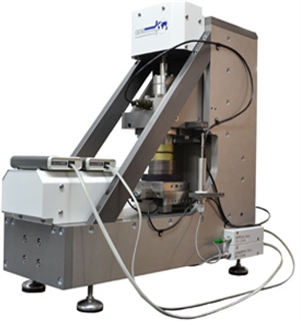
| GDSSS – Shearbase System The Shearbase System (GDSSS) is an electro-mechanical shear testing device that can be configured as either a direct shear or direct simple shear test apparatus. The benefit of this apparatus is that the conversion between direct shear and direct simple shear is straightforward, and therefore if both options are not supplied at time of build the missing option can be supplied at a later date. Note slow cyclic loadings may also be applied to test specimens using the SS, allowing multi-reversal tests to be automated and the residual strength of a soil at large strain to be estimated. |
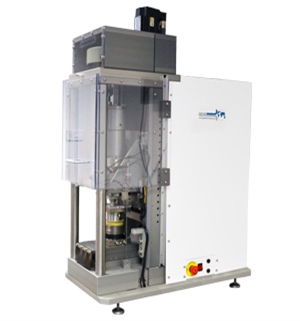
| EMDCSS – ElectromechanicalDynamic Cyclic Simple Shear The Electromechanical Dynamic Cyclic Simple Shear device (EMDCSS) is used for the simple shear testing of cylindrical soil specimens. It is capable of carrying out dynamic cyclic tests from small strain (0.005 % shear strain amplitude) to large strain (10 % shear strain amplitude), as well as extremely accurate quasi-static loading. The easy-to-prepare specimen is subjected to principal stress rotation, representative of the soil response observed near a pile. |
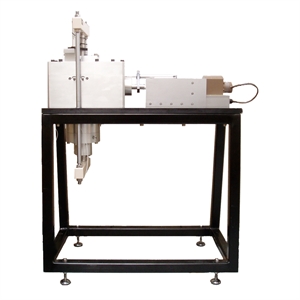
| BPS – Back Pressured Shearbox The Back Pressured Shearbox (GDSBPS) is used to perform static direct shear tests on soil specimens with precise back pressure control. Note the static GDSBPS range includes a saturated version providing control of pore water pressure, and an unsaturated version providing control of pore water and pore air pressures. Direct shear tests may be performed using constant volume or constant normal stress conditions. |
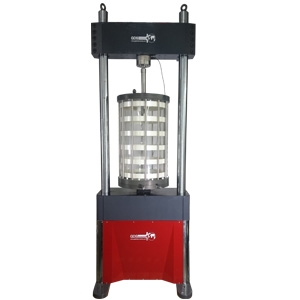
| GDSVIS – GDS Virtual Infinite Stiffness loading system
The GDS Virtual Infinite Stiffness loading system (GDSVIS) is the premier load frame in the GDS range with load capacities of 250kN or 400kN. The GDSVIS load frames are designed to be stiffer than classical loading frames. This is to allow more accurate testing of stiffer specimens with less equipment compliance. Furthermore each GDSVIS is internally calibrated to allow automatic self-compensation for any remaining compliance. This type of frame is exclusive to GDS. When combined with a triaxial cell, pressure/volume controllers, and data acquisition, the GDSVIS enables typical drained and undrained shear strength parameters to be determined for use when designing piled foundations.
|
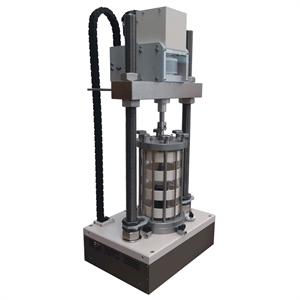
|
The GDS Enterprise Level Dynamic Triaxial Testing System (ELDYN) is an entry level dynamic triaxial system, based on an axially-stiff load frame with a beam mounted electro-mechanical actuator. The ELDYN has been designed to fulfill the demand within the geotechnical laboratory testing industry for a lower cost, more basic dynamic triaxial testing system, yet still perform to the very advanced standards that customers expect from GDS. This enables the ELDYN to provide typical drained and undrained shear strength parameters, as well as the cyclic response of soil, for use when designing piled foundations. |
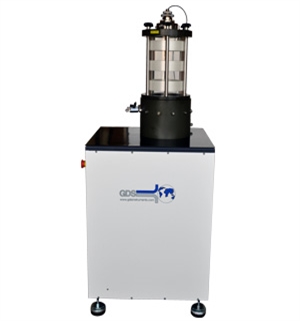
| DYNTTS – Advanced Dynamic Triaxial Testing System
The Advanced Dynamic Triaxial Testing System is a high-end, no compromise testing apparatus combining a triaxial cell with a dynamic actuator capable of applying load, deformation and stresses up to 10Hz. The cell itself is screw-driven from an integral base unit housing the motor drive. Axial force and axial deformation are applied through the base of the cell. The system can be combined with a dynamic cell pressure actuator such that cell pressures may also be applied dynamically up to fundamental frequency of the machine (i.e. 2Hz, 5Hz or 10Hz). These features allow the DYNTTS to provide typical drained and undrained shear strength parameters, as well as the cyclic response of soil, for use when designing piled foundations.
|
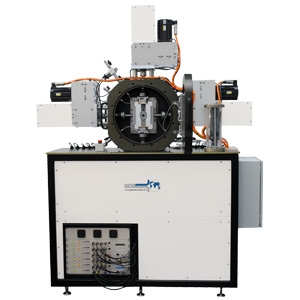
|
The GDS True Triaxial Apparatus (GDSTTA) has the defining characteristic that, unlike conventional triaxial apparatus, all three principal stresses can be controlled independently, rather than just two in a conventional triaxial system. This allows a wider range of complex stress paths to be performed. This dynamic cyclic system is powered by advanced electro-mechanical actuators or optional hydraulic actuators and is an extremely sophisticated research tool. Vertical and one horizontal axis are loaded via the dynamic actuators (axis 1 and 2), stress control is provided for the 2nd horizontal axis, (axis 3) via cell pressure. Altogether the GDSTTA can be used to apply a wide range of stress paths to soil specimens, including those relevant for use when designing piled foundations. |
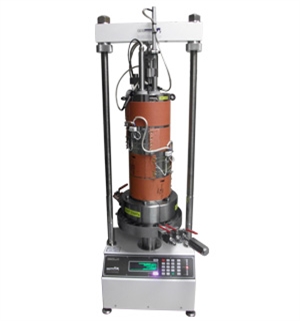
| ETAS – Environmental Triaxial Automated System
The Environmental Triaxial Automated System (ETAS) is a temperature controlled load frame-based triaxial testing system. Key features include, Frozen Soil Testing, Gas Hydrate Testing, High Pressure Testing and High & Low Temperature Testing. The -20oC cooling system provides ideal conditions for frozen soil testing. Its high pressure testing capability (up to 100MPa) along with low temperature provides the ideal environment for Gas Hydrate Testing. The system also has the option for a Heating only system. Such options enable the ETAS to conduct triaxial tests across a range of temperatures and confining pressures, plus provide typical drained and undrained shear strength parameters for use when designing piled foundations.
|
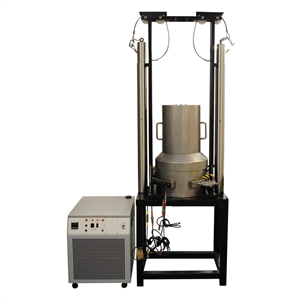
| ETTS – Environmental Triaxial Testing System
The Environmental Triaxial Testing System (ETTS) is a temperature controlled testing system for stress path testing. Key features include, Frozen Soil Testing, Gas Hydrate Testing, High Pressure Testing and High & Low Temperature Testing. The -20oC cooling system provides ideal conditions for frozen soil testing. Its high pressure testing capability (up to 100MPa) along with low temperature provides the ideal environment for Gas Hydrate Testing. The system also has the option for a Heating only system. Such options enable the ETAS to conduct triaxial tests across a range of temperatures and confining pressures, plus provide typical drained and undrained shear strength parameters for use when designing piled foundations.
|
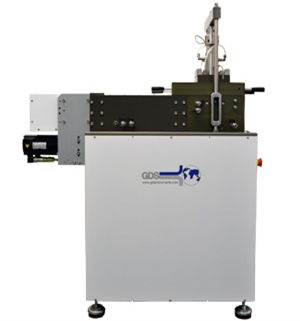
|
The Dynamic Back Pressured Shearbox (DYNBPS) is used for static and dynamic direct shear testing on soil specimens with control of pore pressures. The control of pore pressure during direct shear testing allows real-world situations to be modelled in the laboratory. This dynamic version of the device allows a landslide to be modelled as it quickly gains velocity after the initial moment of failure. Cyclic direct shear testing is also possible while still controlling and measuring pore pressure. While initially designed for landslide testing, the DYNBPS offers typical shear strength parameters of soil useful when designing piled foundations. |
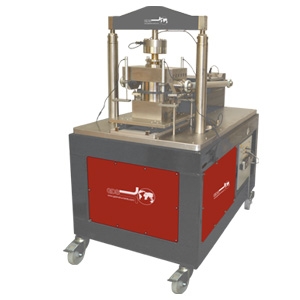
|
GDS Large Automated Direct Shear System (GDSLADS) is an electro-mechanical direct shear testing device for large specimens, up to 300mm square or round. Different specimen sets can be used to monitor the response of geo-membranes and rock specimens under direct shear deformation. These options make the GDSLADS a useful tool when determining strength parameters required for designing piled foundations. |
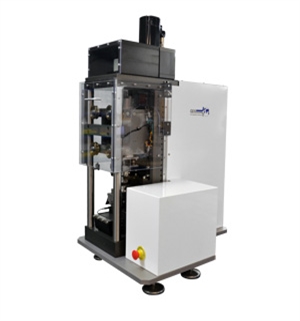
|
The variable direction dynamic cyclic simple shear system (VDDCSS) allows simple shear to be performed in two directions, rather than the standard single direction. This is achieved by having a secondary shear actuator that acts at 90 degrees to the primary actuator. When used as a variable direction machine, the secondary shear axis can be used independently or in conjunction with the other shear axis. Therefore, simple shear may be performed in any horizontal direction. Such features allow strength parameters required for designing piled foundations to be determined. |
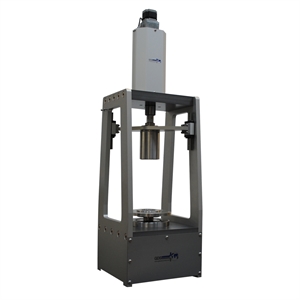
|
The Interface Shear Tester is a CRS consolidation cell with the additional ability that the base pedestal may infinitely rotate. The internal load cell measures both the axial force on the specimen as well as the torque generated. The system is designed to test the shear interface between the specimen and the top-cap. Users may bond specific materials to the top-cap for testing. Such features allow the GDSIST to define interface strengths between structural and geo-materials, which is often required when designing piled foundations. |
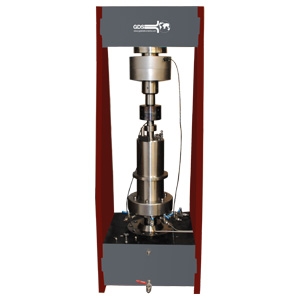
| ST-RTS - Static Triaxial Rock Testing System
The Static Triaxial Rock Testing System enables axial load application up to 1MN, with triaxial cells rated up to 70MPa used to confine test specimens of maximum 50mm diameter. |
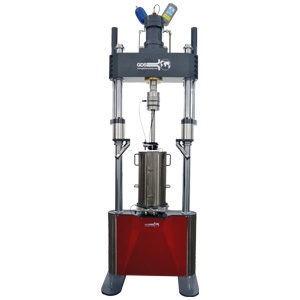
| DT-RTS - Dynamic Triaxial Rock Testing System
The Dynamic Triaxial Rock Testing System can apply axial loads of up to 1.5MN at dynamic frequencies of 20Hz and below. Dynamic loading is achieved using a servo-hydraulic actuator system.
|
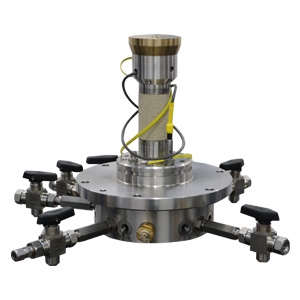
| GDSAV - Acoustic Velocity transducer
The Acoustic Velocity transducers allow P- and S-wave velocities to be measure within a rock specimen. The transducers are mounted in the pedestal or top-cap, or in some cases the sides of the specimen. |
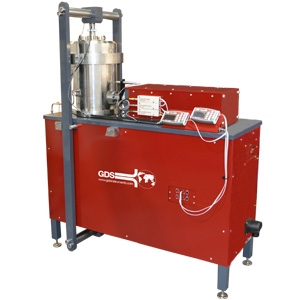
| HPBPS- Back Pressure Shearbox - High Pressure
The High Pressure Back Pressured Shearbox is a high pressure version of the GDSBPS. Normal and shear loads of up to 100kN may be applied to the test specimen, with a back pressure of up to 10MPa available. |